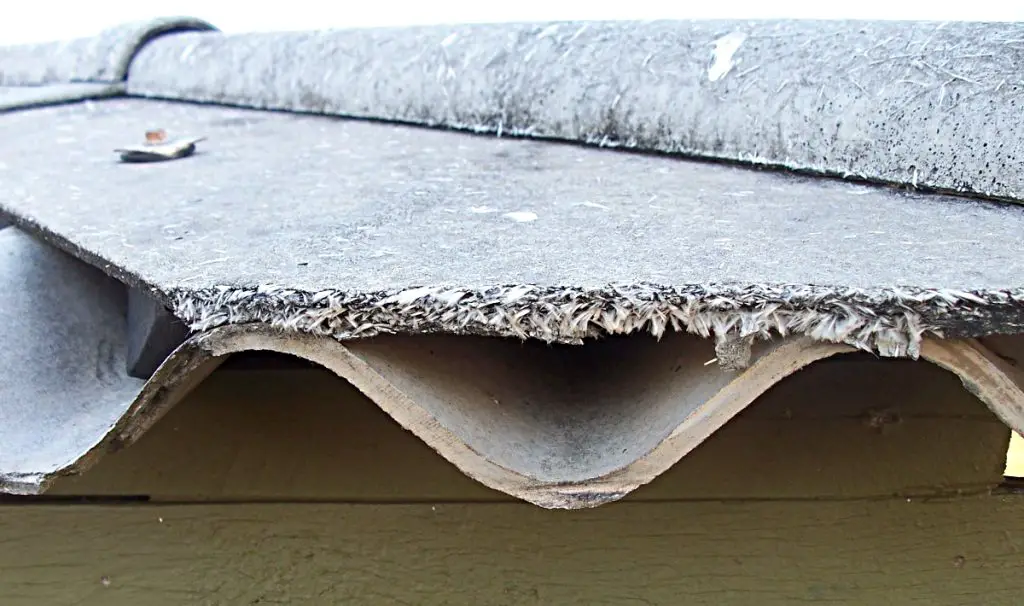
Albert, What is The Actual Cost of Asbestos Removal in 2021?
A house is quite a complex piece of construction and there are usually many processes and materials that are involved.
Related Topics (Sponsored Ads):
Over the years various products have been notably used in its construction. One of the determining factors for the use of these products is how long they last and how budget-friendly they are. A major consideration that should be made but often is not made is the effect of these products on your health. In the periods between the 1940s to the 1980s, asbestos was one of those products that were used repeatedly.

Due to the various uses of asbestos in the process of construction, it would not be so hard to find asbestos in various parts of buildings from that era; from the roofing to the fencing and installation. However, over the last few decades, it has been discovered that asbestos is toxic for human consumption and consistent exposure. This is evidenced by the existence of diseases such as lung cancer, asbestosis and mesothelioma which were caused by the exposure of the individual to asbestos over fifteen to thirty years.
In light of this, the government took precautionary steps by phasing out the use of asbestos from the period the 1980s and finally banning its use in Australia in 2003.
However it is important to note the fact that for almost 30 years, asbestos has been used and due to its toxicity, there is the pressing need to remove asbestos from all those buildings. Flowing from the nature of asbestos, it is only reasonable that experienced asbestos removal companies carry out the act.
Factors that influence the cost of asbestos removal
There are so many precautions to be taken in order to ensure the proper and safe removal of the products. One of the first things to be done will be a proper inspection of the building to know whether or not there exist asbestos in the building and the extent to which asbestos was used. After this inspection, if it is proved that asbestos was used in the construction process, the cost of the removal would be determined.
Some of the things that affect the cost of removal are the condition or state of the asbestos used. In the situation where it is non-friable (compact and safe), it is relatively easier to remove and as such, cheaper. Friable (broken and unsafe) on the other hand, is more expensive to remove. Also, the amount of asbestos to be removed per square metre would determine how high or low the rates would be.
Furthermore, the part of the house which the asbestos in question was used to build would also determine the removal rates. For example, if it is used as a fence or as a roofing sheet, there would be a difference in the amount and sizes used. Also, the fact that the companies undergo extensive training in the removal of such products would invariably lead to an increase in the price for patronage. Also, the fact that local disposals attract a certain fee, would affect the final cost of removal.
How asbestos removal companies charge
From the various factors affecting the cost of asbestos, it is important to know the actual cost on average in Australia. There are various forms in which costs could be determined for the removal of this product. Some asbestos removal companies charge $30 to $150 per square metre. For asbestos flooring, removal would cost about $100-$1000. For the removal of eaves, it would cost an average of $1500. For the removal of external cladding, it would cost an average of external cladding. Hence, the average cost of asbestos removal is $50 to $2500.
Related Topics (Sponsored Ads):
Discover More






